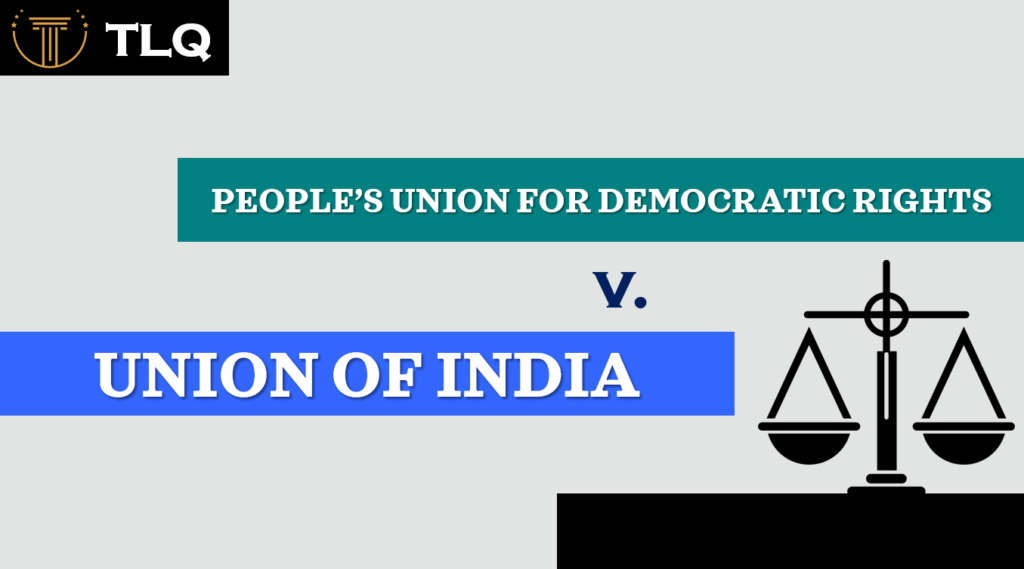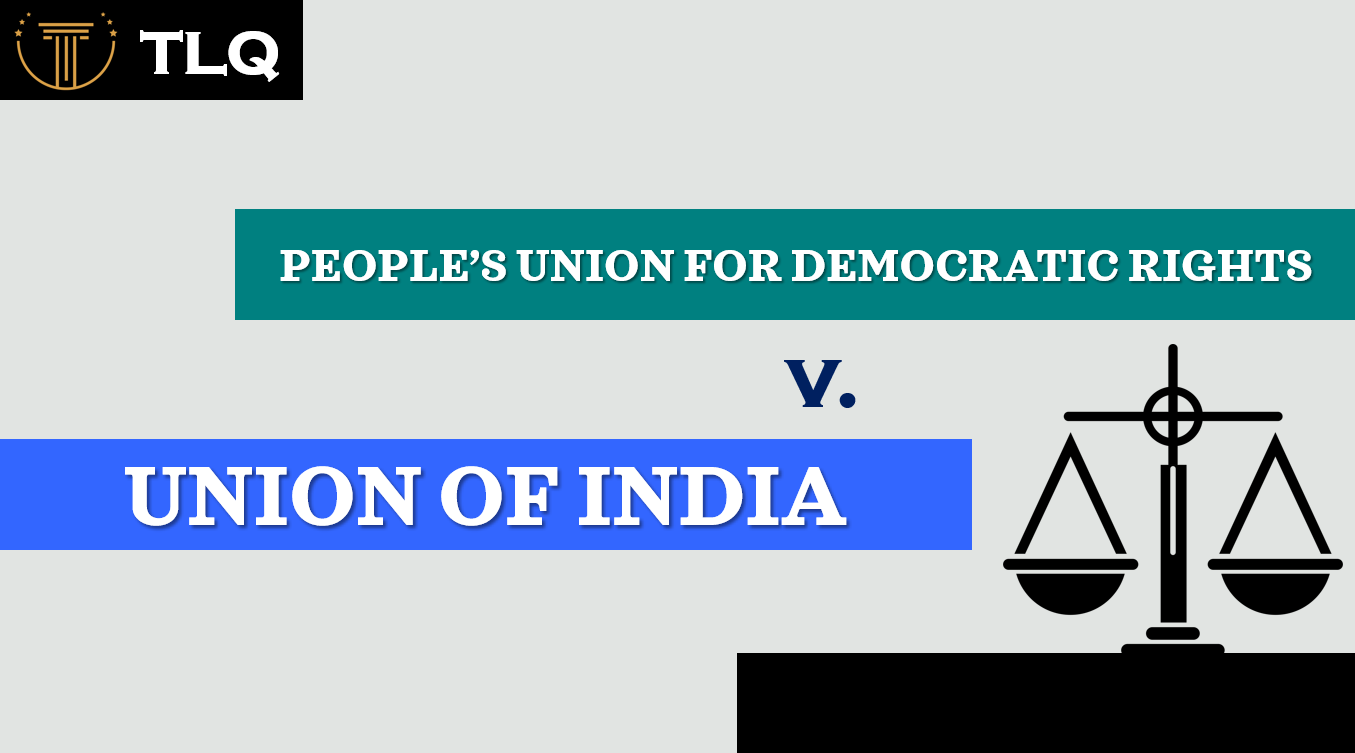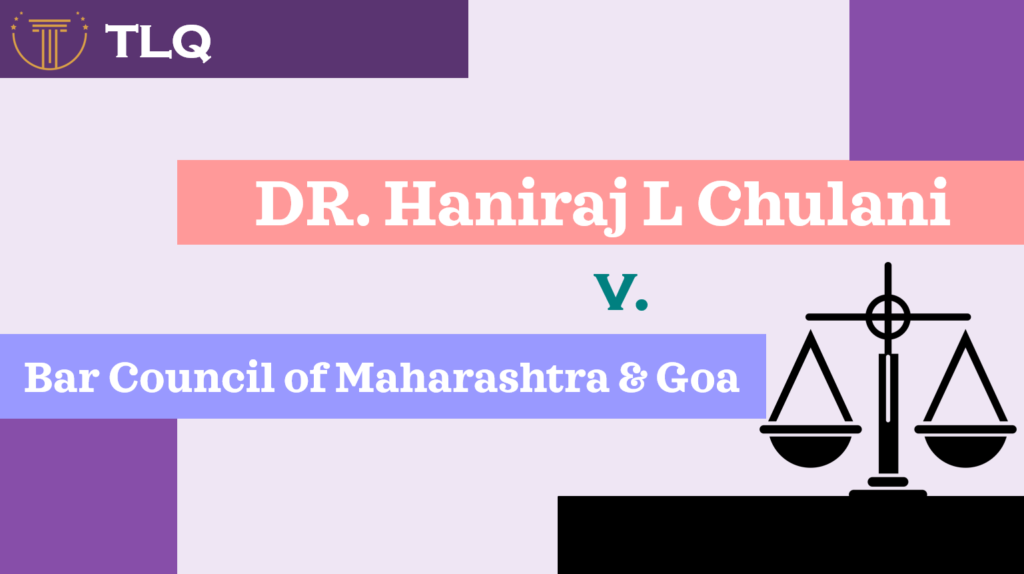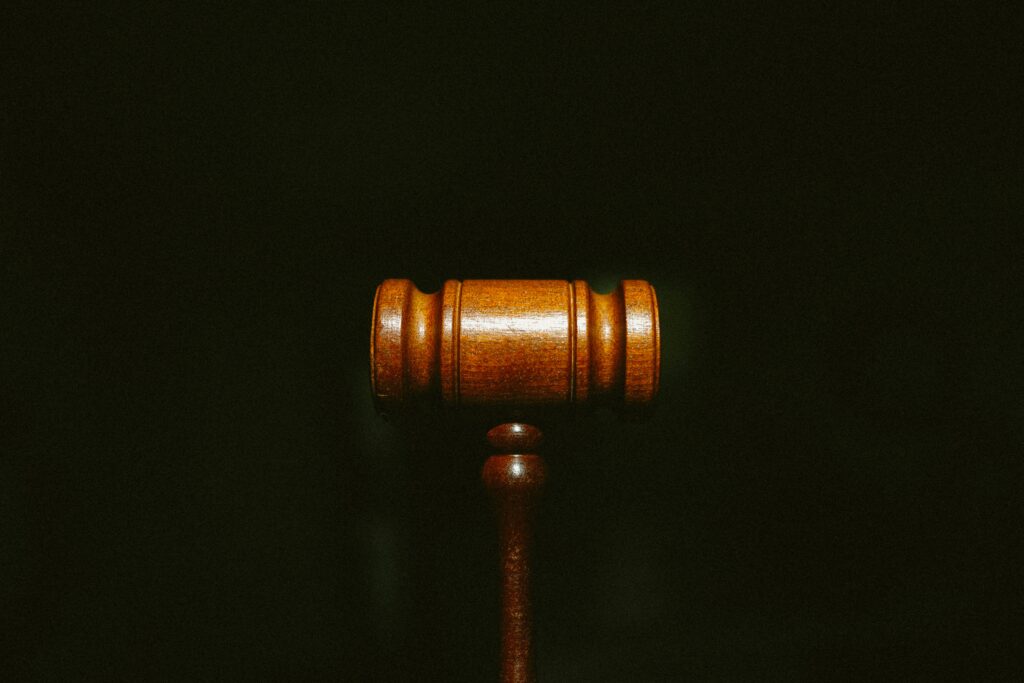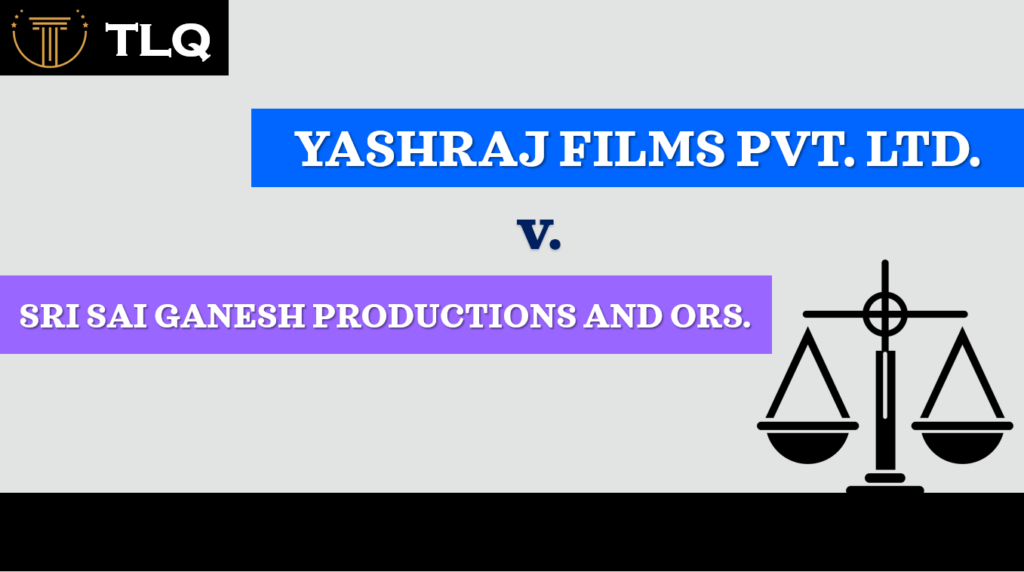INTRODUCTION:
- The legal dispute of the People’s Union for Democratic Rights and Others V. Union of India & Ors. is an important case that has garnered significant attention. on 11th May 1982, it marked a significant turning point in the protection of laborers’ rights.
- The bench, led by Bhagwati, P.N. Islam, and Baharul (J), shed light on the deplorable conditions faced by workers through a letter that was treated as a PIL.
- This landmark judgment not only expanded the scope of Article 32 but also emphasized that the Court is for everyone.
- Any violation of labor laws is a breach of Fundamental Rights, and the liberal interpretation of terms like “forced labor” and “beggar” sets a strong precedent for justice.
Facts of the Case:
- PUDR, an organization dedicated to safeguarding the democratic rights of citizens, has undertaken the task of addressing the working conditions of individuals involved in the ASIAD-82 project.
- It has come to light that these workers were subjected to an unhealthy environment and were not receiving the daily minimum wages they were entitled to. Furthermore, they were compelled to work tirelessly on various sites, including stadiums, hotels, and flyovers, without fixed working hours and without receiving any payment.
- As a result of these exploitative practices, the workers’ children suffered from a lack of necessities and were forced into malnourishment, making them vulnerable to accidents and other unfortunate circumstances.
- To address this grave issue, PUDR enlisted the expertise of three ombudsmen, who were social scientists. These individuals thoroughly analyzed the situation and compiled a comprehensive report on the exploitation and living conditions of the workers employed by the contractors hired by the Union of India.
- Additionally, PUDR conducted visits to major project sites and conducted interviews with numerous employees. Subsequently, on November 16, 1981, PUDR filed a Writ petition before the Supreme Court.[1]
- Through a Public Interest Litigation (PIL), the organization requested the court’s intervention to ensure the enforcement of labor laws regarding the workers engaged in the construction work for the ASIAD-82 projects. The social scientists were tasked with submitting weekly reports to the Honorable Supreme Court, documenting any instances of labor law violations that came to their attention.
Issues raised :
- Are you aware of the possibility of filing a writ petition against a private individual under Article 32 of the Constitution of India?[2]
This is an important question to consider.
- Additionally, have you ever wondered if Article 21 of the Constitution of India encompasses the right to live with human dignity and the right to livelihood? These are crucial aspects that deserve our attention.
Arguments brought from the appellant side :
- The petitioner raised concerns regarding the engagement of workers by the contractors through Jamadars, who brought them from various parts of India. It was argued that these workers were not paid the daily minimum wages as mandated by the law. Instead of receiving Rs 9.25 per day, they were only given Rs 8.25 per day, with Rs 1 being deducted by the jamadars as their commission. This action violates the provisions of the Minimum Wages Act.
- Furthermore, there was a violation of The Equal Remuneration Act, of 1976, as women workers were paid less than their male counterparts. The contractors misappropriated their wages, paying them only Rs 7 per day for their hard work.
- In addition, Article 24 was violated as children below the age of 14 were engaged in hazardous work in factories and mines. This is a clear violation of their rights and poses a threat to their well-being,
- The provisions of the Contract Labor (Regulations and Abolition Act), 1970 were also violated, resulting in the exploitation of the workers. They were deprived of proper living conditions, medical facilities, and other necessary amenities. This is a direct infringement on their rights and goes against the principles outlined in the Act.
- Lastly, Article 23 was violated as the laborers were not receiving their entitled daily wages. This can be seen as a form of forced labor, as they are being paid less than the minimum wage. Such treatment reduces their work to a state of forced labor or even resembles begging
Arguments from the Respondent side :
- The Respondent argued that the Petitioner had no legal standing to file the writ petition because there was no violation of their rights. According to the Respondent, it was the laborers who had their rights infringed upon, and they should have been the ones to file the petition.
- The cause of action was against the contractors, not the Respondent, so the petition could not be directed towards them. The writ petition, under section 32, cannot be filed against the Respondent for the alleged violations.[3]
- In regards to the Employment of Children Act 1938, the Union of India, the Delhi Administration, and the Delhi Development Authority claimed that they had never received any complaints regarding violations of the Act.
- They also disputed that the contractors had violated any provisions of the Act. Furthermore, they argued that the Employment of Children Act 1938 did not apply to the construction work in these projects, as the construction industry is not listed in the Schedule and therefore not covered by the provisions of section (3) of that Act.
Judgement:
- Article 23 establishes a crucial fundamental right with the following provisions:
“Art. 23: Prohibition of human trafficking and forced labor-
Human trafficking, beggars, and other similar forms of forced labor are strictly prohibited. Any violation of this provision is considered a punishable offense according to the law.
- The State may nonetheless impose mandatory service for public objectives in spite of this Article. However, in doing so, the State must not discriminate based on religion, race, caste, class, or any other grounds.”
- The knowledgeable Judge proceeded to clarify the meaning and scope of the term ‘involuntary servitude’ in the following manner:
- “It was very evident that the goal was to end slavery in all of its forms and manifestations, as well as to guarantee free work and do away with any kind of bondage. This involves prohibiting any control that disposes or coerces one person’s service for the benefit of another, which is the essence of involuntary servitude.”
- The judge commented on the claim that the Thirteenth Amendment was not violated since the employee had freely consented to conduct the in question service: “The fact that the debtor agreed to perform the labor that is being compelled does not exempt the enforcement from the statute’s condemnation.
- The constitutional provision could easily be circumvented if debtors could be forced into compulsory service under the guise of contracts where advances were provided. It is the coercion of service that the statute prohibits, as the condition of servitude arises when compulsion is involved, regardless of the initial agreement to work off the debt. The contract may hold the debtor liable for damages due to breach, but it does not justify forced labor.”[4]
Conclusion:
- The enforcement of fundamental rights extends beyond the state and can also be applied against private individuals. The Constitution of India holds private individuals accountable for any violations of fundamental rights. The courts have demonstrated their ability to ensure justice for the rights of the underprivileged in society by breaking free from rigid rules and regulations. They have utilized their power to interpret and adapt these rules to benefit the people and promote public welfare.
- In this particular case, the rights of the workers were at stake, and justice needed to intervene in their affairs. It was evident that even after 30 years of independence, these workers continued to face exploitation and violations of their rights by their employers.
- This case highlights the significance of Public Interest Litigation (PIL), a newly introduced concept, in serving the greater good of the public. It emphasizes how compensation and relief can be obtained through legal means to address the injustices suffered by individuals.
- The primary objective of the law is to promote happiness within society at the lowest possible cost. This entails ensuring that justice prevails through the proper application of laws and statutes.
- This case law offers valuable insights into various laws and their interpretation under the Constitution of India. It provides a comprehensive understanding of how the judiciary interprets the concept of ‘life’ as stated in Article 21 of the Constitution of India.
- It showcases the courts’ ability to create and interpret laws in a manner that benefits the general public and ensures complete justice. This allows for the avoidance of ambiguity and limitations in the interpretation of legal provisions.
Reference(s):
[1] Network LI, ‘People’s Union for Democratic Rights Vs Union of India’ (Law Insider India, 7 October 2021) <https://www.lawinsider.in/judgment/peoples-union-for-democratic-rights-vs-union-of-india> accessed 3 March 2024
[2] India E-J, ‘PUDR v. Union of India’ (E-Justice India, 17 September 2020) <https://www.ejusticeindia.com/pudr-v-union-of-india/> accessed 3 March 2024
[3] ‘PUDR v/s Union Of India’ <https://legalserviceindia.com/legal/article-9334-pudr-v-s-union-of-india.html> accessed 3 March 2024
[4] ‘People’s Union For Democratic Rights … vs Union Of India & Others on 18 September, 1982’ <https://indiankanoon.org/doc/496663/> accessed 3 March 2024

